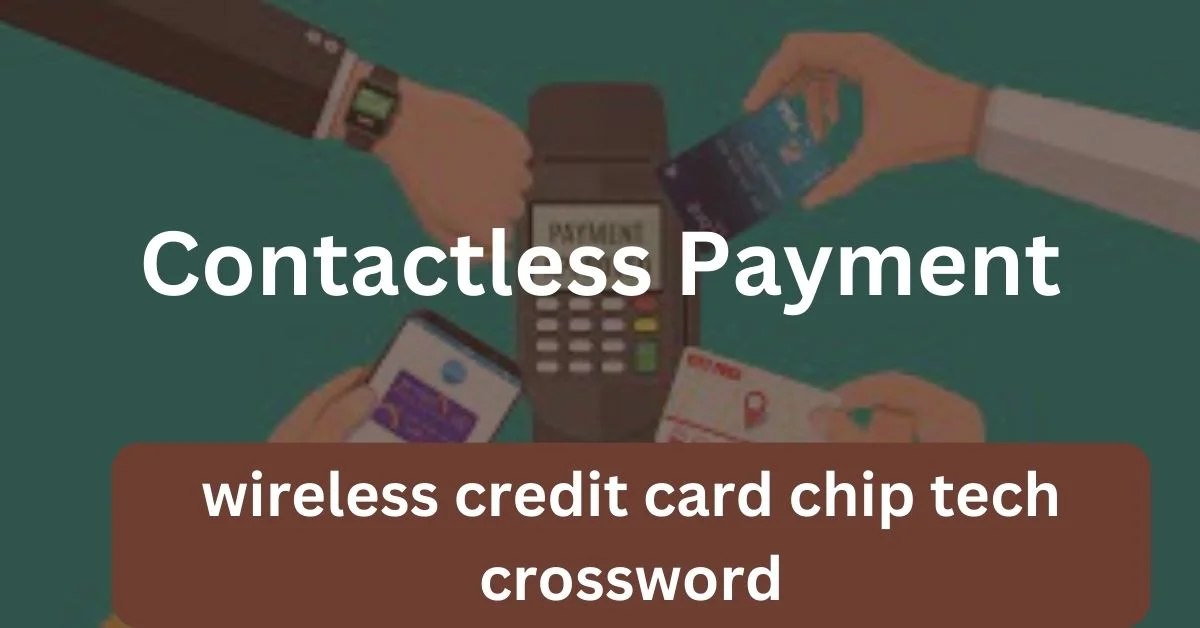Contactless Payments – In the fast-paced world of financial technology, wireless credit card chip technology is making a significant impact. Contactless payments are changing the way we handle transactions, offering speed and security. This article delves into the intricacies of wireless credit card chip technology, its benefits, and why it took so long to gain traction in the US.
Table of Contents
What is Wireless Credit Card Chip Technology? | Contactless Payments
Wireless credit card chip technology, also known as contactless payment, enables transactions by tapping or waving a card near a point-of-sale (POS) terminal. This technology utilizes Near Field Communication (NFC) to facilitate secure communication between the card and the reader.
Does Toyota Accept Credit Card Down Payment : Understanding Car Pricing and Dealer Fees
How Does Contactless Payment Work? | Contactless Payments
Here’s a simple explanation of how contactless payment works:
- NFC Technology: Uses high-frequency radio waves to share data.
- POS Terminal: Creates an electromagnetic field to power the card chip.
- Transaction Security: Uses encryption, changing data, and tokenization to protect information.
Understanding the New auto pass credit card Rules
Advantages of Wireless Credit Card Chip Technology
Speed and Convenience
- Transactions are completed in seconds.
- Ideal for busy places.
Better Security
- Data encryption and tokenization ensure information safety.
- Dynamic data prevents data reuse.
Durability
- Less physical wear and tear on cards.
- Longer card lifespan.
Hygiene
- Reduces physical contact, promoting cleanliness.
The Technology Behind Tap-to-Pay
At the heart of tap-to-pay is NFC, a specific form of RFID (Radio Frequency Identification). NFC relies on antennas within the card and the reader to transmit radio frequencies.
How NFC Works
- The card’s antenna is a coil of wires that transmits the radio frequency.
- The card reader has a similar antenna, making the transaction possible.
- The reader is active and can initiate communication, while the card is passive and requires the reader’s power to communicate.
The Security of Contactless Payments
When a card is tapped, it sends both static data (account number and expiration date) and a unique cryptogram. The cryptogram is a unique string of numbers used to verify the card’s validity, making it difficult to replicate fraudulently.
Decoding Evolution Technology Charge On Credit Card
Adoption and Challenges in the US
Global Adoption Rates
| Region | Adoption Rate |
|---|---|
| UK | 80% |
| Australia | 75% |
| Canada | 70% |
| US | 50% |
Managing Transactions with a Multi Merchant Credit Card Terminal
Challenges
- Infrastructure Costs: Upgrading POS systems can be expensive.
- Consumer Trust: Educating people about security is important.
- Regulatory Compliance: Ensuring systems meet regulatory standards can be complex.
The Future of Wireless Credit Card Chip Technology
Innovations
- Biometric Authentication: Adding fingerprint or facial recognition for extra security.
- Mobile Wallet Integration: Enhanced compatibility with digital payment platforms like Apple Pay and Google Wallet.
Maximizing Benefits: The Wayfair Mastercard Upgrade Explained
Engaging Learning: Wireless Credit Card Chip Technology Crossword
To make learning about this technology more fun, here’s a crossword puzzle to test your knowledge.
| Clue | Answer |
|---|---|
| Technology enabling contactless payments | NFC |
| Secure communication method | Encryption |
| Used instead of actual card number | Token |
| Generates a unique code for each transaction | Dynamic Data |
Conclusion
Wireless credit card chip technology is a major advancement in financial transactions, offering speed, security, and convenience. While the adoption has been slower in the US, the technology continues to grow and integrate into daily life. Understanding and engaging with this technology can make the transition smoother and more enjoyable.
FAQs
- What is the main technology behind contactless payments? NFC technology powers contactless payments, allowing secure data exchange between the card and the POS terminal.
- How does encryption enhance the security of contactless payments? Encryption ensures that data transmitted during transactions is protected from being stolen and misused.
- What is tokenization in contactless payments? Tokenization replaces the actual card number with a random token, adding an extra layer of security.
- Why are contactless payments more hygienic? They reduce the need for physical contact with POS terminals, minimizing the spread of germs.
- How can I know if a retailer accepts contactless payments? Look for the contactless payment symbol or ask the retailer directly.
Michaels credit card Review: Is It Worth the 9% Rewards?

Michaels credit card: Michael’s Craft Store, known for its wide selection of craft supplies and crafting tools, is launching a … Read more
Pre-approval credit cards for bad credit

Pre-approval credit cards for bad credit: Rebuilding your credit score can be difficult, but choosing the right tools can make … Read more
BPI Credit Card: Complete Guide to Travel Insurance with BPI Credit Card

BPI Credit Card: Travel insurance is a valuable benefit of the BPI Visa Signature Credit Card. It provides cardholders with … Read more



